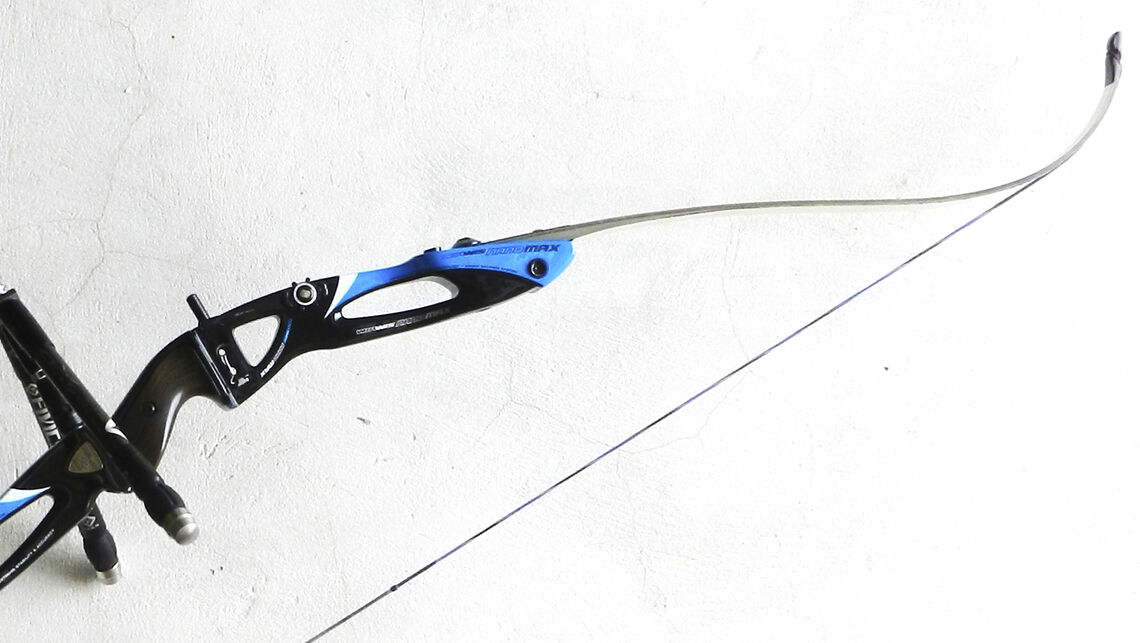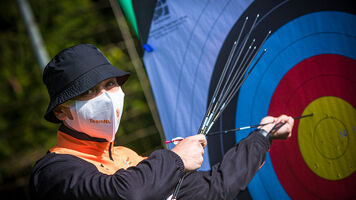Archery 101: How to wax a bowstring

An essential part of keeping a bow maintained – no matter what style you shoot: recurve, compound, traditional… – is waxing the string (and cables), yet many archers neglect it.
The bowstring is key to the overall performance of the bow. After all, it is the piece of equipment that sends the arrow towards the target. Waxing a string prevents it from fraying, adds a waterproof element – stopping water from getting between the strands – and retains twists.
(If water gets in the string, the string gets heavier – and the arrow leaves the bow travelling slower, impacting on sightmarks and grouping.)
A properly-waxed bowstring has a smooth, slightly tacky feel. If the string feels dry, or starts to exhibit discoloration or fuzz out, it’s time to wax it again. Most top archers wax their strings every two to three weeks, plus before competition if the forecast is for rain.
If you notice loose strands or frays, that string is too far gone! Throw it away.
Gear

To wax your bowstring, you will need:
- Bowstring
- String wax: synthetic waxes are ideal, but traditional archers may favour all-natural beeswax (and it does smell great)
- Fabric cord, leather or flexible card
Prep

Check your string is in good condition. Make sure the servings are intact and the string has the right amount of twists for your set-up. (Since the wax hardens the string, changing the twists too much afterwards is difficult.)
String your bow.
Step 1

Apply wax directly along the length of the string (and cables) by rubbing it up and down wax is visible along the length of the strands.
Do not wax the serving. It’ll unravel quicker – and also make it slippery!
Step 2

Use your fingers to massage the wax further into the string. As the string is made up of multiple strands, the wax must be pushed all around them for best results, melting into all the gaps.
Step 3

Take the fabric cord and wrap it in a loop around the string. (Traditional archers often prefer leather – and, in a pinch, even a small loop of card or paper will do.)

Push the loop in the cord up and down the length of the string to even out the spread of wax. As much as possible will be pushed into the strands – and the excess will be pushed away.
Remove any left-over lumps with your fingers – and your string is ready to go!









